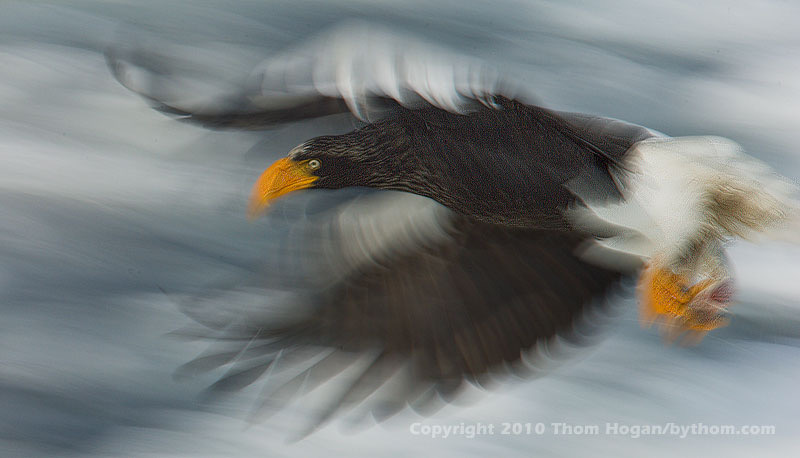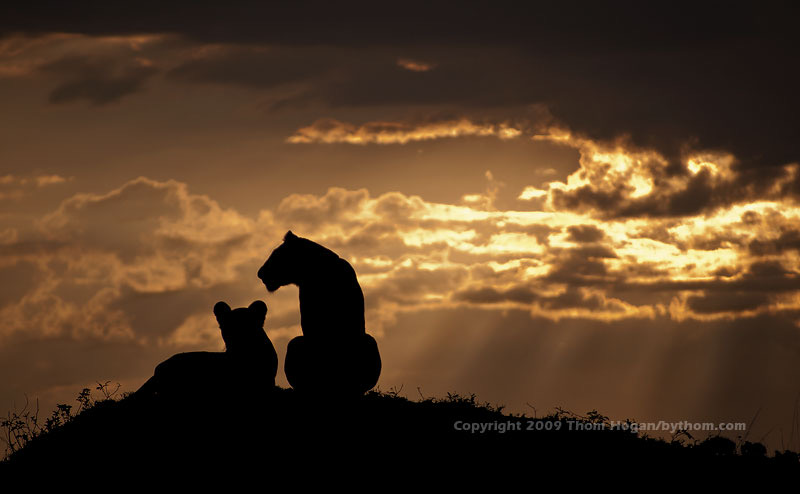This column originally appeared in The Photographer’s i magazine.
Kicking off a new regular column is always an adventure. This will be the tenth time I’ve done it in my long career. Starting out again is a bit like kicking off an adventure: you have a destination in mind (the North Pole), a mode of transportation (skiing with sled), and an idea of how you’re going to manage (two months of long days). But you really don’t know what will happen for sure. Things may turn out to be a different kind of adventure than you expected (accidentally riding an ice floe into the Atlantic). Let’s give it a try, anyway. Along the way I hope I make you think more carefully and deeply about what makes a photograph a photograph, and how the photograph you’re looking at might have gotten the way it is.
I have a destination in mind: to help you understand what happens at the core root of digital photography, which is usually the pixels.
I have a mode of transportation: this column.
I have an idea of how I’m going to perform: we may wander around a bit at first, but eventually you’ll see what I’ve been seeing for a while now. Photography is about capturing data, manipulating data, and outputting data.
Oh oh, I think I lost a few of you with that second item: manipulating data.
One of the long-running arguments in photography has to do with manipulation. In these days of Photoshop Everywhere, we get a constant stream of discussions about what is “real” and what isn’t. But such discussions go back to the very earliest days of photography, as it turns out. Anyone think that none of Matthew Brady’s Civil War photographs were staged in some way? When your camera is a wagon, it’s sometimes easier to move the things you’re photographing than it is the camera, after all.
I have an easy answer to the question of manipulation. Photography isn’t real. Ever. It’s instead what a photographer chooses to show you, simple as that. It’s only one moment in time, taken from a particular perspective (position), showing only a part of what could be shown (crop via the angle of view of the lens chosen), captured at some resolution, with development settings often determined by someone else (processing lab or camera manufacturer). Colors aren’t accurate, they’re biased in some way. Dynamic range isn’t “right", as it’s either chopped off or compressed into the output medium.

Heck, some of the decisions I just noted above are even violated as well as being chosen. If I drag my shutter to show you the way an eagle’s wings beat over time (photo, above), I’m no longer capturing a moment, but a series of moments over an arbitrary time period. So even if we describe a photograph as “capturing a moment in time,” my picture of this eagle is no longer a photograph, because it’s more than a moment. But if it’s not a photograph, what is it, a drawing?
A camera is a box that captures data. In the old days, we stored our data on celluloid that had some chemicals on it. These days we capture it with electronic sensors and move that information to a more permanent storage (typically cards). Eventually the data ends up on our hard drives. The definition of a photographer is therefore “someone who uses a camera to capture data.” The definition of a photograph then becomes “the output of the data a photographer captures.”
The data itself is not reality. Too many decisions went into choosing what data to record that it, at best, becomes only a small slice of what was real at the time.
We can certainly manipulate that data. Indeed, we have to manipulate the data being captured by most digital cameras because it comes in a non-visual form (Bayer sensors collect only a third of the necessary data at any given position on a sensor, so we end up having to come up with the other two-thirds somehow; by definition, at least two-thirds of the data is already manipulated in most digital captures).
Where people get caught up in the “Photoshopped Fake” argument is usually this: if all I do is nudge the data one way or another (e.g. brightness, color, saturation, etc.) they call that an “okay” manipulation; but if I replace the data with some completely new data (e.g. clone out a dust bunny that was on top of my sensor and caused a pixel to be something it shouldn’t have been), then they’ll claim I’m into “not-so-okay” manipulations. If I completely replace the pixels that used to be representatives of the model’s actual belly with some new ones of the background so the belly looks smaller, I’m deep into “not okay” manipulations.
Funny thing is, by choosing lens and perspective, I can control (to a degree) how that model’s belly looks in size. So how is it that only changing the pixels is a “not okay” manipulation? Why isn’t choosing a different lens and perspective a manipulation?
To me, a photograph is the data I captured with my camera output the way I want to show it to you. Here’s another example: lions at sunset.

In this case, despite my exposure decision to silhouette the animals, my digital sensor was so good that there was still some detail in the ground. Not much, but some. However, I choose to simply dial that area down to black, effectively removing all detail I had captured. I layered a selection for that area and moved a slider that caused the pixel values to go downwards in luminosity until the detail disappeared. Oh oh, it’s no longer a photograph according to some. I manipulated it, right?
As it turns out, I’ve been not taking photographs for over 40 years according to these “reality purists.” That’s because every image I’ve taken has been manipulated in some way by me. I choose when to take it. I choose what to take it with. I choose where I take it from. I choose what to record and what not to record, sometimes down to the pixel level. I choose what pixels to show, and how to show them. I choose, choose, choose. How can that not be a manipulation?
I’m getting a bit away from where I was going, though. (I told you I might wander a bit at the start of this journey.) Where I wanted to go in this first outing is simple: introduce you to the concept that taking a photograph is the action of collecting data. What data we choose to collect, how it is collected, how we (and things unseen) manipulate it, and how we output it is my chosen destination for this column. As it turns out, we’ve got a lot of ground to cover, as the universe has this thing about data: it likes to throw entropy at it.
Which brings me to the column’s title: Optimal Data. What I’m going to attempt to discuss in each issue of Photographer’s I will be one of the many topics that at their core center around the optimal collection of data, the optimal control (I hesitate to use the word manipulation again) of data, and the optimal output of data. If I do my job right, entropy won’t win.
It’s my contention that if you collect photographic data optimally, manage it optimally, and output it optimally, you end up with an optimum photograph. Goof up at one of those things, and you don’t. If you think about it, this was what Ansel Adams was up to with his Zone System and his many books on all aspects of photography. Not that I’m an Ansel Adams or of his caliber, just that I’m tackling a similar task to what he did. I actually like being a Thom Hogan. Indeed, since figuring out what data to collect in the first place is a personal thing, expect that notion of personality to come into play in some future column.
But we have other work to do first before we get to that. I’ll just leave you this month with a basic question: are you capturing and managing your data optimally? Are the photographers you admire doing so? Here’s a hint about where we’re going: even if you think the answer to that question is yes, you may be wrong!
Bonus image

Everything in this image is real. That’s me running out of the frame. That’s a cheetah the sun is coming up behind. The trees are real, the pre-dawn sky is real. Oh, did I forget to tell you the cheetah is a metal statue? Still real, but made of metal and not actually chasing me. I set up this image intentionally. Did I achieve optimal data? In retrospect, no. The one giveaway is my foot: it’s in motion. I should have used a slightly faster shutter speed, then the illusion would be better. Yet I like it with motion, as it gives a viewer just enough “something’s wrong” to make them question the image. After all, I don’t want people to think I go to Africa every year to be chased by cheetahs.